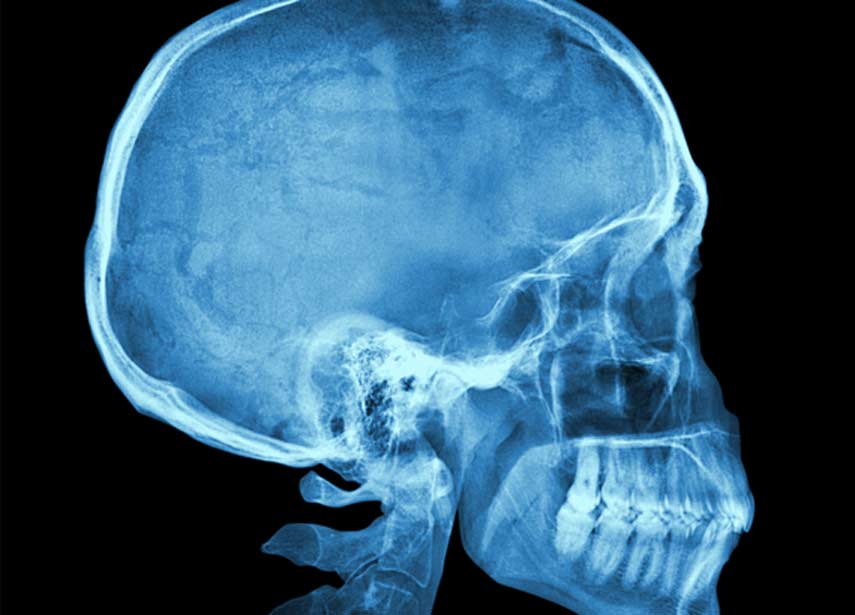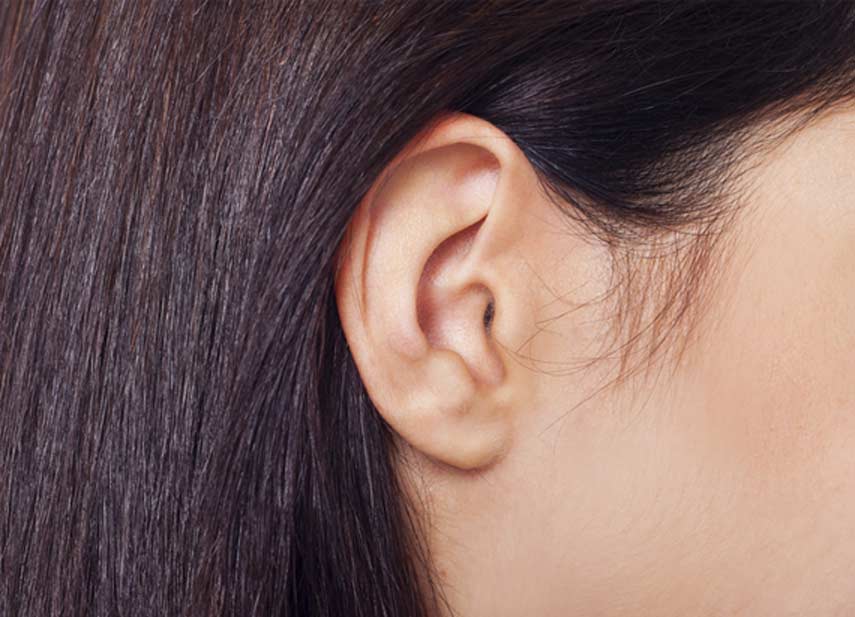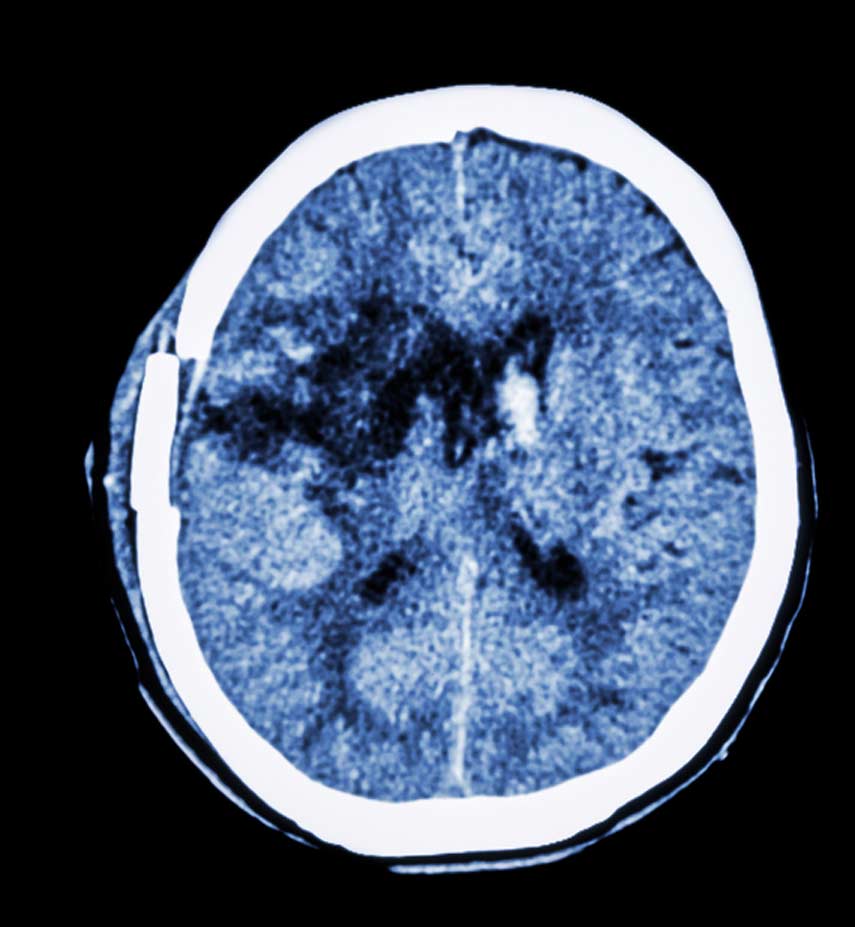
The skull base is a crowded area with many important structures that can affect your daily quality of life and your ability to carry out important and critical functions.
Consisting of five bones that form the base of the cranium, the skull base includes structures that form the eye sockets, the upper part of the nasal cavity, the area around the inner ear, and a portion of the sinuses.
If any of these parts are affected by an injury or the need to remove some type of growth, reconstructive skull base surgery may be necessary.
Reasons for Reconstructive Skull Base Surgery
Pituitary tumors, noncancerous tumors known as meningiomas, and slow-growing bone tumors called chordomas are some of the skull base conditions that may require reconstructive surgery after problematic growths are removed. Large dural defects, soft tissue defects, and damage caused by injury or deformities present at birth are some of the other reasons why this type of surgery may be done. Some patients who have radiotherapy because of a skull base tumor experience bone death due to radiation (osteoradionecrosis). Should this happen, reconstructive surgery may be necessary.


How It’s Performed
Minimally-invasive or endoscopic skull base surgery is often performed whenever possible. This is also true when reconstructive SBS is necessary. Some procedures involve the use of a specially prepared flap of tissue. Congenital skull base deformities that require reconstructive procedures are sometimes corrected with fat grafts.
There’s research suggesting certain types of surgical flaps may reduce issues with cerebrospinal fluid leaks that sometimes result when skull base surgery is performed. Image scans are sometimes done as surgery is performed to allow for increased accuracy with surgical techniques.
If the sinus wall is damaged, a bone graft may be part of the reconstructive surgery process. A special type of muscle flap might be used if there is a need to correct issues with the orbital socket (eye socket). Artificial substitutions, or synthetic materials, are sometimes used to perform reconstruction of the skull base. Some procedures involve the use of free tissue transfers. This refers to pieces of transferred tissue being disconnected from the original blood supply and connected to a new blood supply once the tissue transfer is done.
Post-Surgery Craniofacial Reconstruction
In some instances, craniofacial reconstruction is necessary after skull base surgery is performed for another reason. This is more likely to be the case if open surgery is performed since there is often a need to remove parts of bone to access the affected area. A newer technique for performing reconstructive surgery for this reason involves the use of titanium mesh and porous polyethylene implants.
Results from reconstructive skull base surgery will depend on why it was needed in the first place. For some patients, reconstruction involves a series of procedures spaced out over several months. Other patients need continued therapy and treatment to fully recover after structures have been reconstructed. When resuming your normal activities post-surgery, you might be advised to take certain precautions to increase your odds of responding well to recovery efforts. Routine follow-up ENT testing and examinations may be recommended as well.

